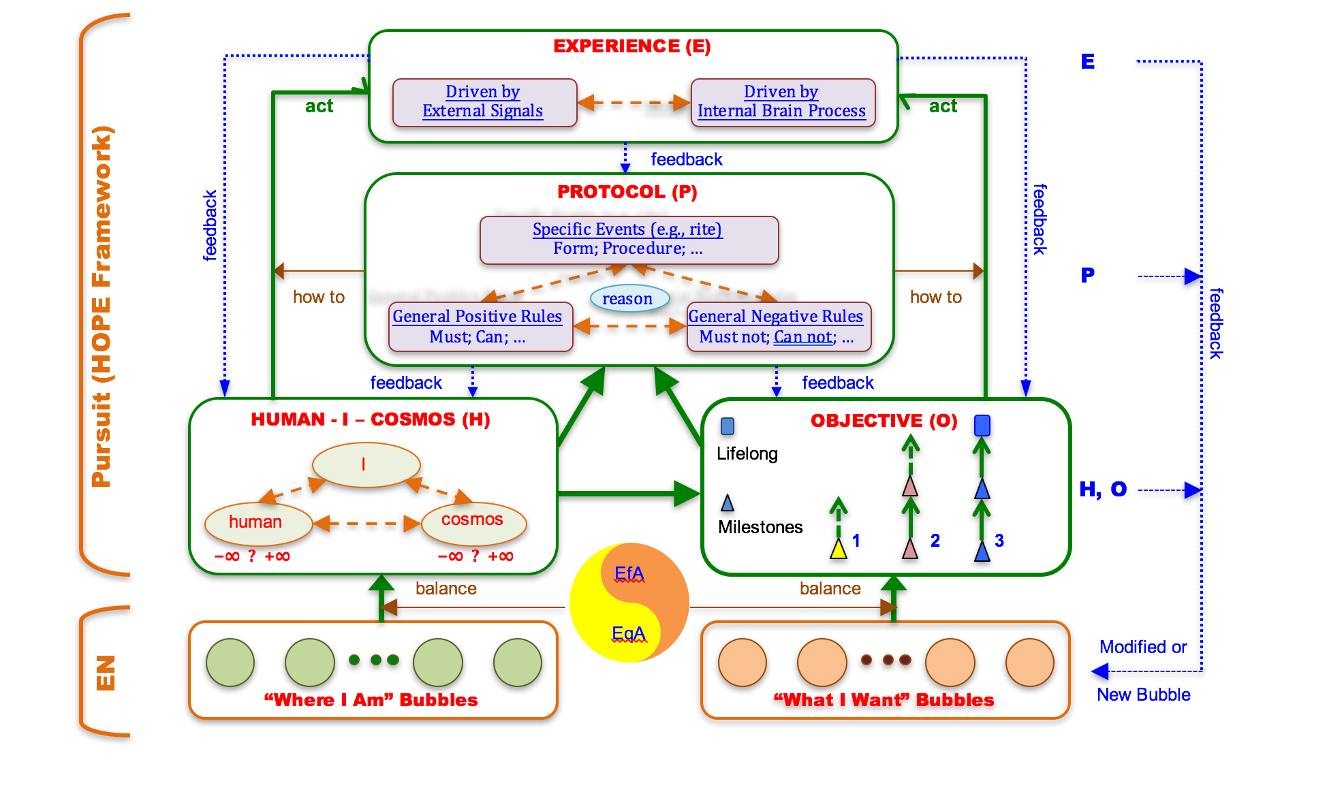
Hualish
The book will be a valuable tool for academics who are interested in culture (re)design and issues related to the descendants from people lived in the greater China area, or culture (re)design in general. It will be equally valuable for those who want to revamp their own culture identity, at any of the levels discussed in the book.
The book first proposes aCulture Design Paradigm, and use it to construct a new conceptual identity called Hualish. It then describes three paths that one may use to construct an ideal Hualish identity. Finally, the book proposes Humanistic Hualish as a converging version of Hualish.



